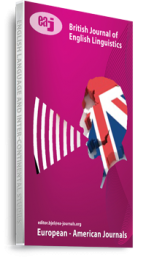This study was conducted to scrutinize the use of conjunctions as cohesive devices in Emirati students’ argumentative essays. The study specifically purported to investigate how solid the correlation is between employing conjunctions and producing high quality written texts. The context was one of Ras AlKhaimah Colleges, and the participants were one teacher and six Female students who were enrolled in the English Foundation Program. Qualitative and quantitative data were collected from students’ writing samples evaluation forms and through an in-depth interview with the classroom teacher. The data were analyzed in view of Halliday and Hasan’s (1976) taxonomy of cohesive devices, specifically their classification of conjunctions. In contrast to many studies that emphasized the close connection between using conjunctions and achieving high scores in writing, the findings of this study did not indicte such correlation. The findings also showed that additive conjunctions were found to be the most frequently used type, whereas temporal conjunctions were found to be the least used type. Moreover, two problems were found regarding students’ use of conjunctions: 1) adversative conjunctions seemed problematic, and 2) among the overall array of conjunctions, ‘and’ was particularly overused. Although limited to one school, this study is significant as it disvalidated the long-established belief that the use of conjunctions is an index to a high score in writing.
Keywords: additive conjuctions, adversatives, cohesive devices, conjunctions, writing quality, writing scores

